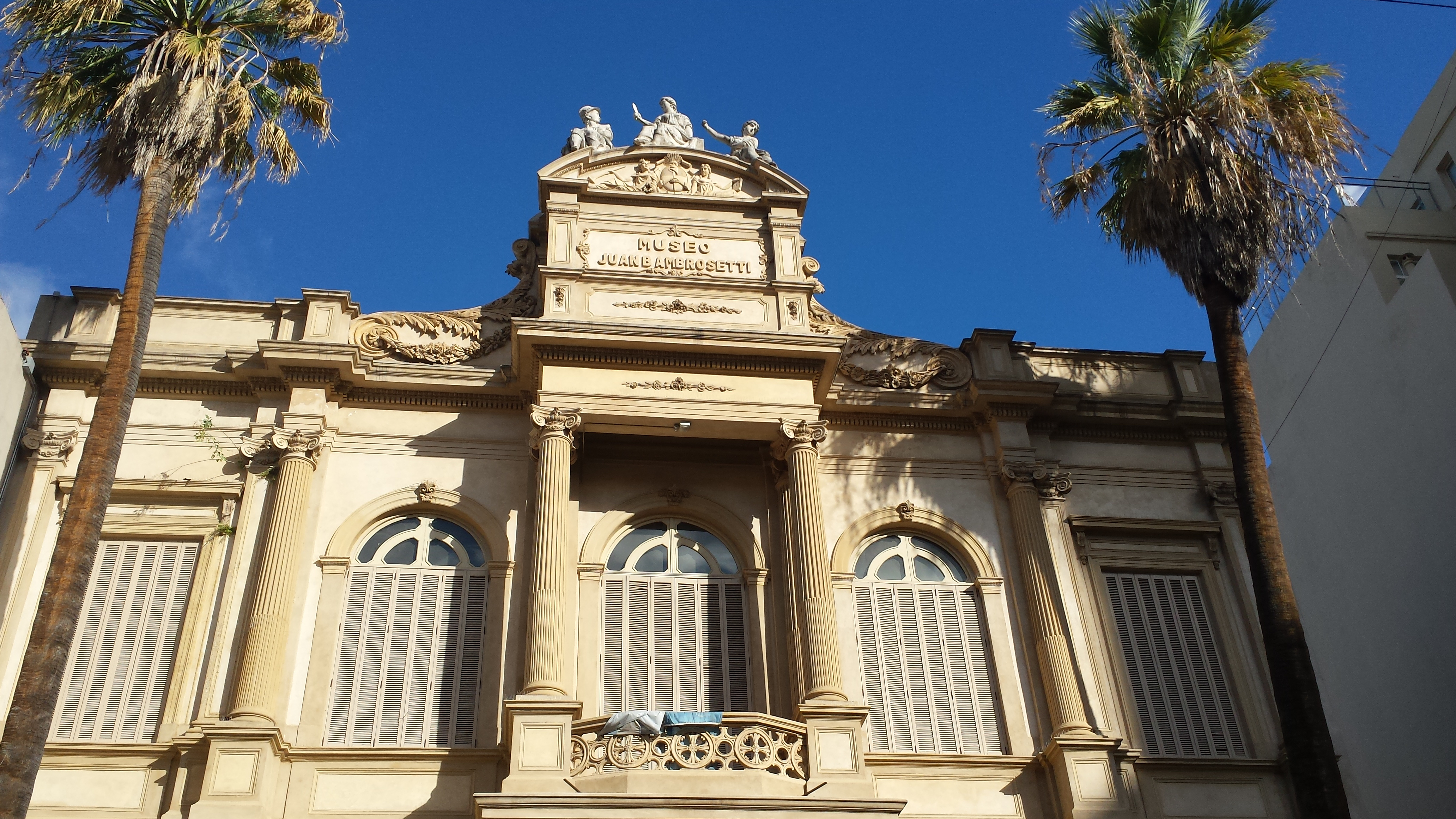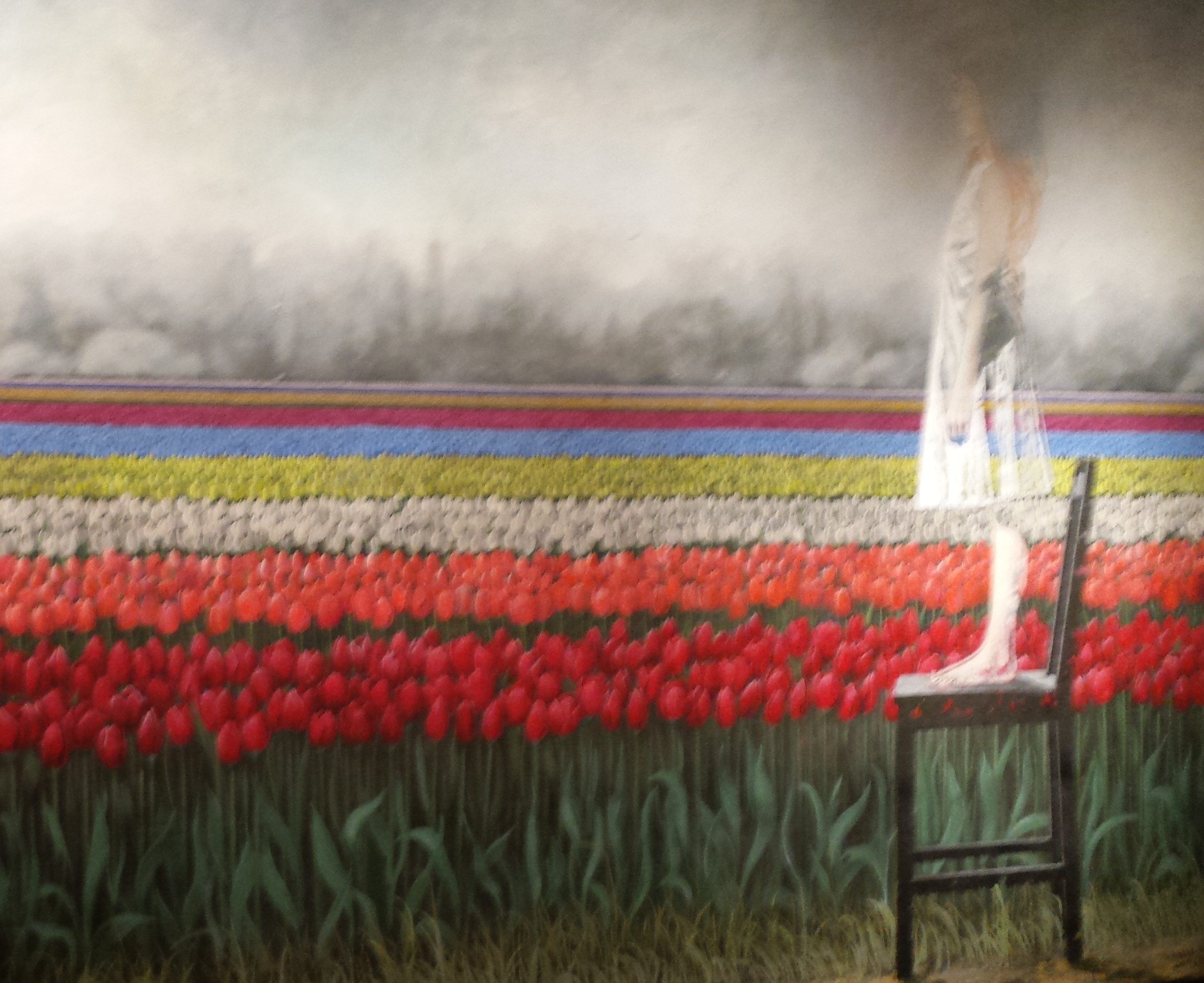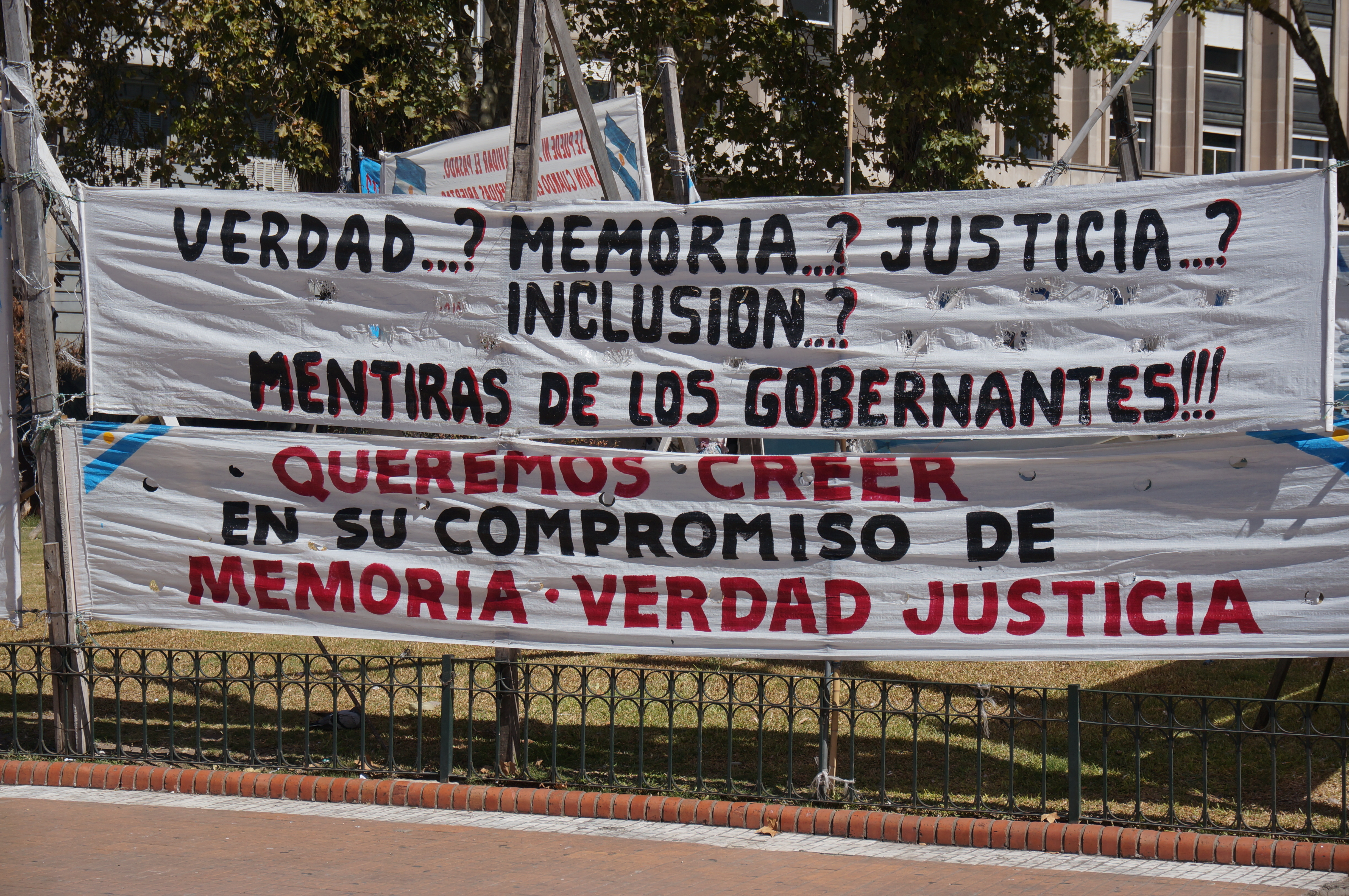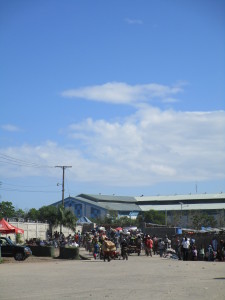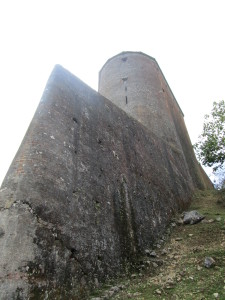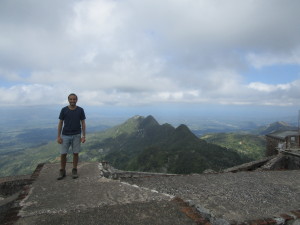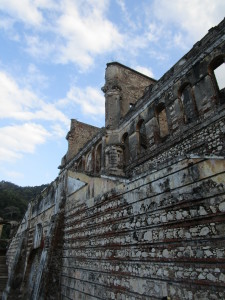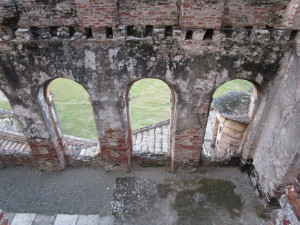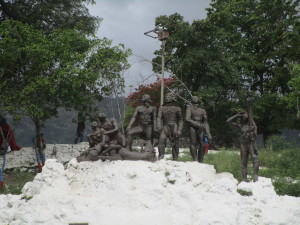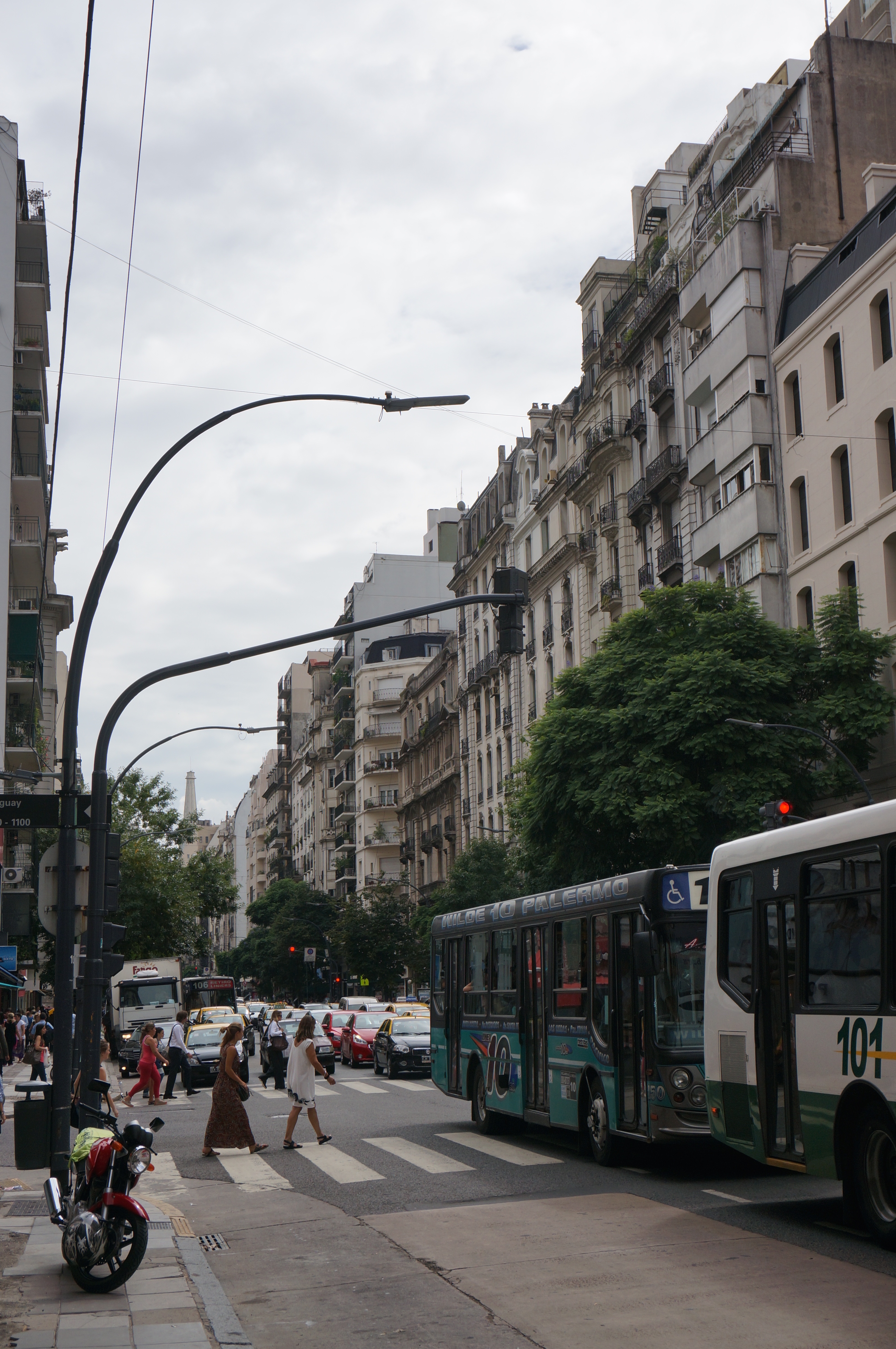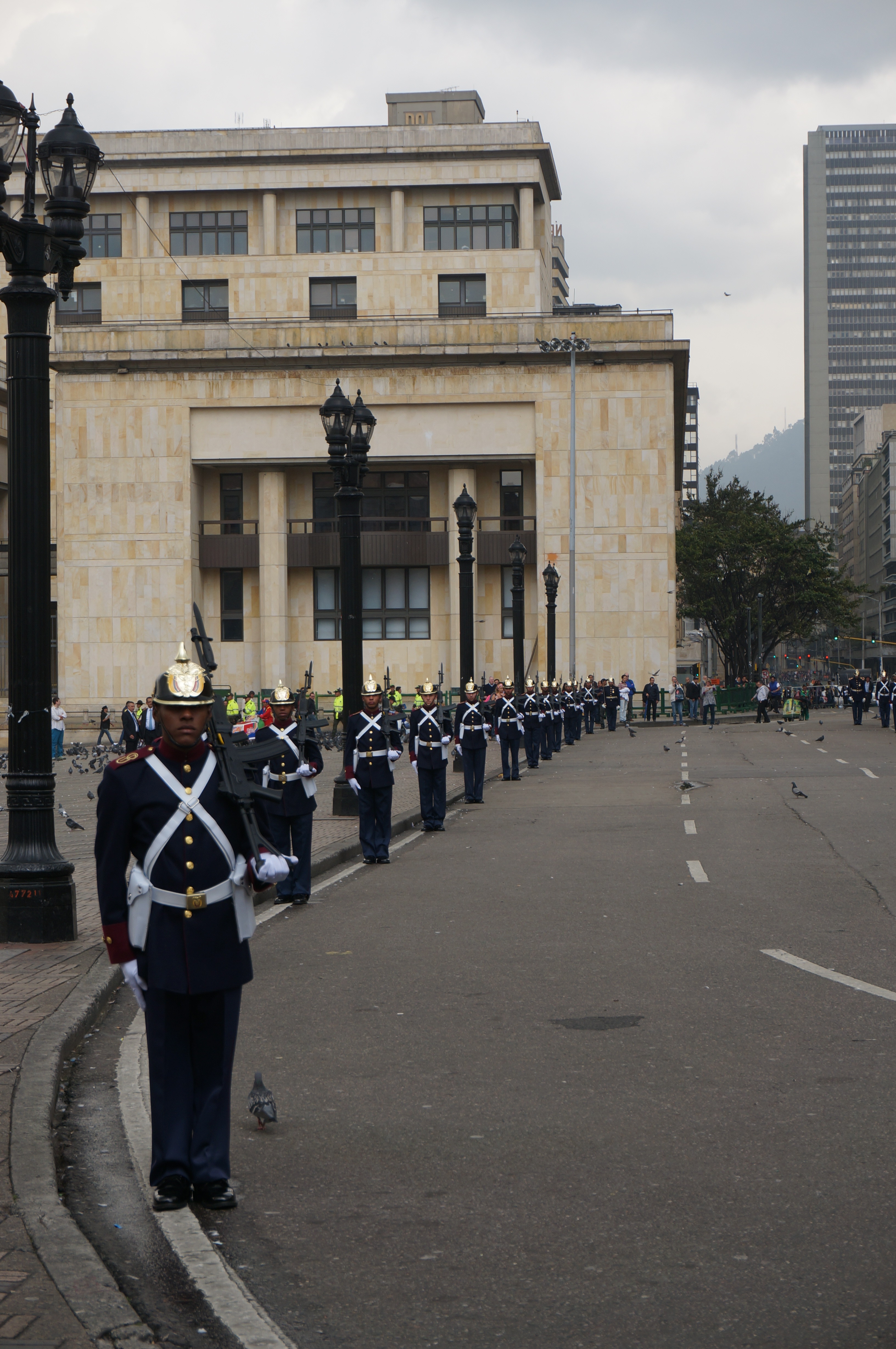Descanso
Last week I had a break after completing our midterms. It felt like a spring break because in my mind I’m in the mode of spring. But in Buenos Aires in May, the winds are picking up leaves, rains have come, and autumn is bringing colder air. On Facebook, I see tulips blooming at Penn State and my friends finishing up their finals, while I just completed midterms! I still do not know when my local university course’s final exam will be; they say sometime in the first half of July.
Nevertheless, I cannot believe I am already halfway through my semester abroad! I am so happy I choose to come to South America, although adjusting to the opposite of seasons still confuses me and I will return to the US in late summer. Studying in Buenos Aires, I have been able to really get to know one city, one culture. I feel that even after being in this city for five months, there will be things I still wish to see. Every week, there is something new that I plan to visit or do: whether it be another fair of artisans, a bar popular with the locals, or a tango show.
Because it is impossible to exhaust the long list of things to do in BA, I love staying here every weekend and am excited to return when I do travel elsewhere in the country. So when my mom decided to visit me over my break, I had a huge list of things to show her in this city. For the week we were here, we went all over the city. No one in her hotel spoke English, and most restaurants don’t speak English. Some offer menus in English with funny translations. For example, once I saw a menu that translated jamón (ham) as jam. For me, I know Spanish speakers pronounce the letter j like the letter h in English, so jam sounds like ham. But to an English speaker, like my mom, jam is something very different from ham. So in this context, I was able to show my mom the fruits of all my years studying Spanish.
Traveling around the city, my mom experienced the adventure of the colectivo, the bus here in BA. We successfully hailed buses from unmarked bus stops and arrived safely at our destinations. We went to a lot of museums: the MALBA, Bellas Artes, Museo Bicentenario, Museo Etnológico, and Evita. Many museums do not have English translations, and I was able to translate the descriptions and add what I had learned from my history class about particular periods in Argentine history.
We had a wonderful time. My mom saw my home stay and my favorite tea shop, and we ate Argentine food, like a fugazzeta (a thick crust pizza with cheese and onions), and drank Malbec wine. My host family here also went out to dinner with my mom, my house mate, my house mate’s family, and myself. Although the language barrier sometimes seemed overwhelming, it was very special to share a delicious meal together and enjoy everyone’s company.
I loved sharing this wonderful city with my mother. The more time I spend here, the more grateful I am that I made the decision to study here in this city, in South America. I always thought I would study abroad in Spain, but as advisers talked to me about choosing a place, the more I became disenchanted with going there. Through this experience, I really wanted to become familiar with a particular culture and immerse myself in Spanish. Buenos Aires has been the perfect place to accomplish both of these goals. I still want to go to Spain in the future but am so happy that I chose to study abroad in Argentina.
Exploring new cities
This weekend, I am going to Bariloche with one of my classes. It is an anthropology course about Patagonia. So we have learned about the first conquerors and explorers’ perspectives of Patagonia, Argentine explorers and scientists’ ideas about the region, along with current perceptions of Patagonia, indigenous peoples and their cultures. Through this trip, we get to travel there and see what we have learned firsthand. In Bariloche, we will see the touristy parts like Nahuel Huapi National Park, as well as the more subtle political and social issues within the city. For example, we will travel to a poorer neighborhood of the city and visit a school in this neighborhood.
At the end of the month, I am traveling to the northwest of Argentina to Salta. I am excited for this trip because this region, unlike the rest of Argentina, was once ruled by the Incans and still retains these Incan cultural influences. But even on this trip, I will continue to practice my Spanish and have the opportunity to get to know another part of Argentine culture.
Location: Recoleta, Buenos Aires, Argentina



